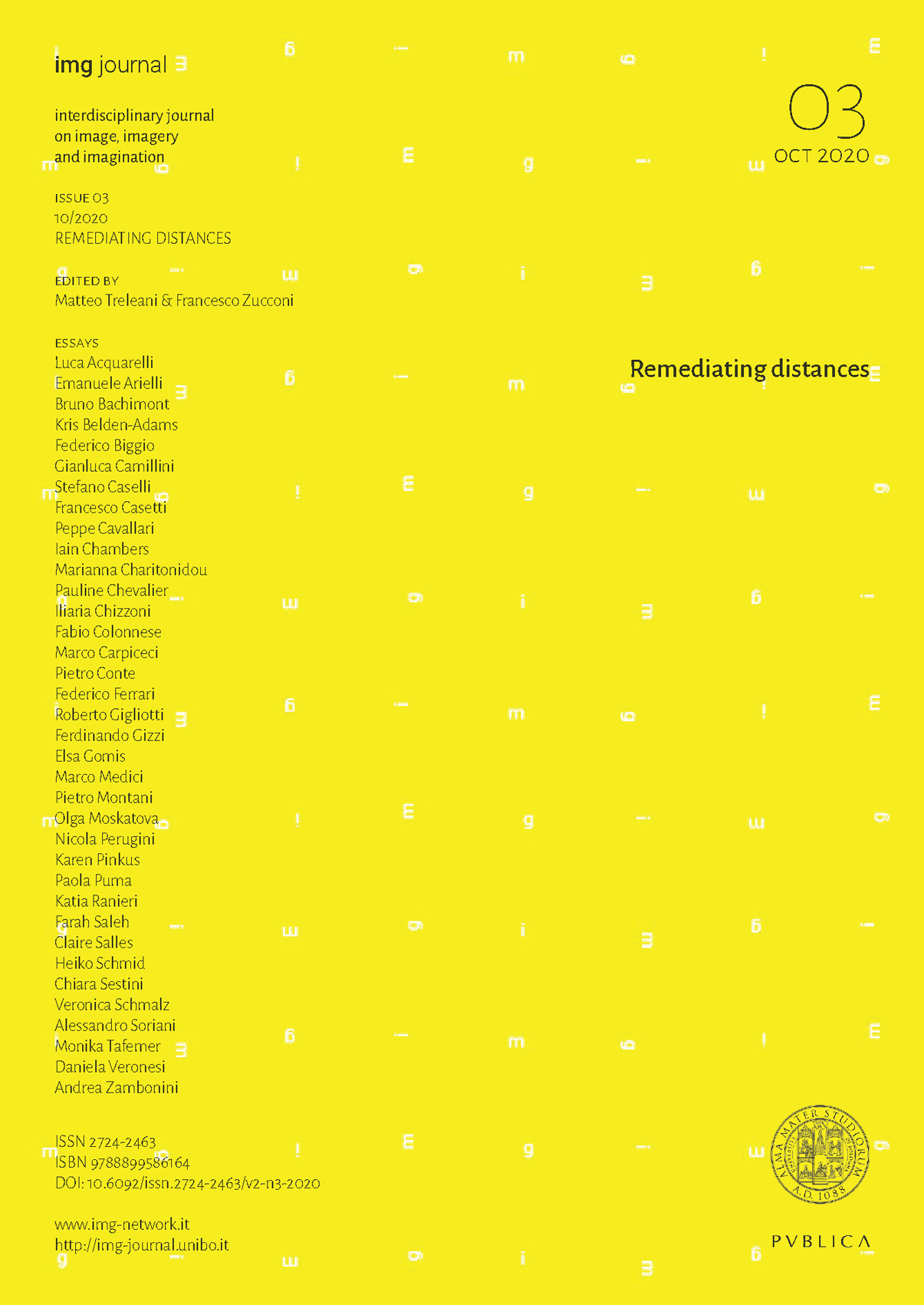Remediating the Distance from the Divine: An Archaeological Essay Doctored Photographs-Exhibition Devices-Cinematographic Effect
DOI:
https://doi.org/10.6092/issn.2724-2463/12257Keywords:
nineteenth-century, religious beliefs, spectators, media archaeology, early-cinemaAbstract
Catholicism has always maintained a deep, even ontological, relationship with images and their mediations on account and by virtue of its particular interpretation of the dogma of the Incarnation. And yet, in the second half of nineteenth century –especially ‘after Lourdes’, that is, after the mediatic and popular fortune of the supernatural apparitions to Bernadette Soubirous– the Christian ‘scopic’ drive spread and grew stronger in France, being redefined in new ‘spectacular’ modalities and forms. These aimed to bring the divine closer to the spectator’s physical and subjective experience, in accordance with the broadest process of subjectivation undergone at this time by the experience of seeing –the ‘gaze’– in its whole. My paper will focus, from an archaeological perspective, on three case studies within this remediation turning point: the attempts to photograph a Marian apparition in the small, peripheral village of Tilly-sur-Seulles between 1896 and 1897; the trompe-l’oeil devices employed by the artist Munkácsy and the galleristart dealer Sedelmeyer for the exhibition of lifesized Christological paintings during the 1880s and 1890s that engendered empathic ‘spectatorial’ reactions; and the emergence of the cinematographic apparatus –and of its phenomenological “train effect”– in conjunction with religious imaginaries, persons, uses and places.
Downloads
Published
How to Cite
Issue
Section
License
Copyright (c) 2021 Ferdinando Gizzi

This work is licensed under a Creative Commons Attribution 4.0 International License.





